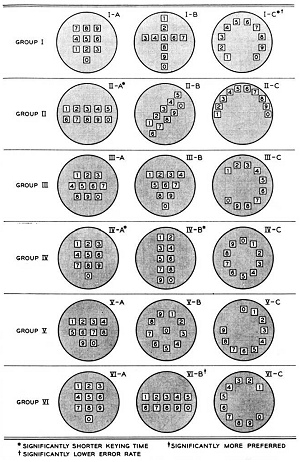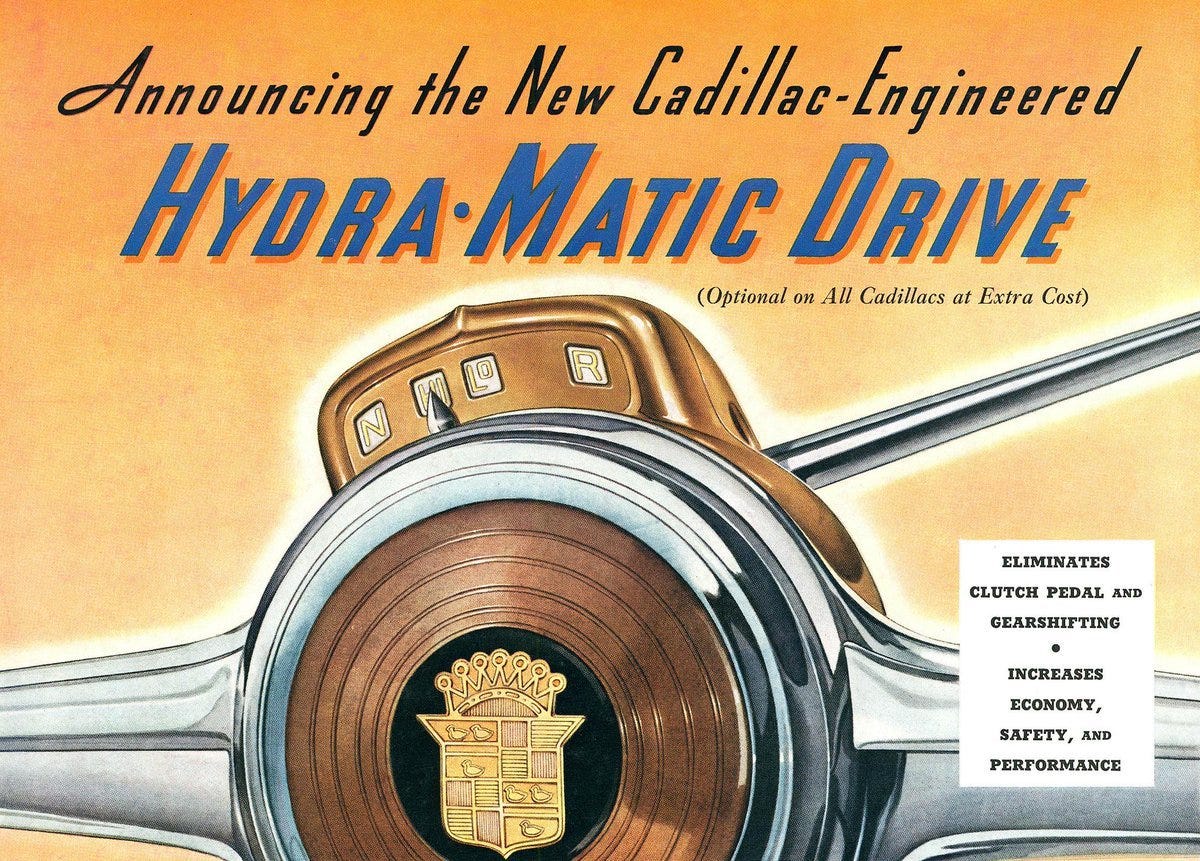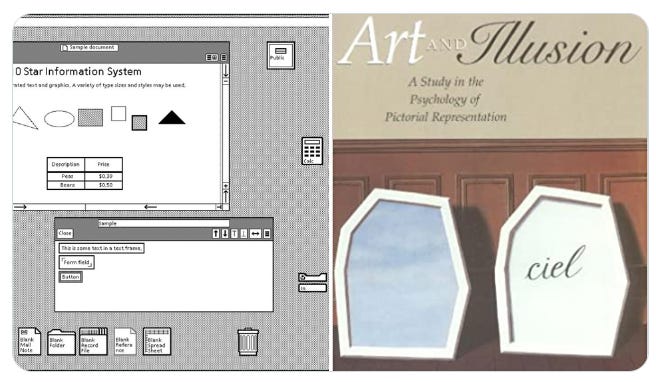10 powerful history facts designers must know
Fresh inspiration from the designers who came before you
I’m a design history nerd. Why? Many great ideas have been forgotten.
I love finding stories from the past to help people with their challenges today. This was one goal of my book, How Design Makes The World. I use great stories to teach powerful ideas that are useful now. Why not reuse lessons others worked hard to learn? These days we need all the wisdom we can find.
Here is my list of applied history I wish every designer knew.
1. We’ve had UX for centuries by other names
Consider how ancient tribes made shelters, clothes and tools. They had to develop many of the same skills we call UX or design today, but without the benefit of the books and courses of modern times. And they were humble about it. Why? It was simply work they needed to do to survive. There were no design ego-traps to be distracted by.
Remember that the ancient Greeks mastered architecture and ergonomics, and the Chinese developed Feng Shui 3500 years ago as a system of design principles. UX, as a craft, is as old as humanity, just by other names. Homo sapien literally means smart human and making tools is a key part of what has always made us special.
2. Cars & airplanes started the UX profession
In the 1940s, the U.S. Air force was a major funding source of research into design and usability. They wanted to learn how how pilots (e.g. users) mind’s worked. This help start the field of cognitive science that much of UX is based on. Before the 1940s, design was considered more of a craft, like pottery or printmaking. It did not have the support of major organizations as a profession in the way it does today.
Without WWII, despite its many horrors, it would have taken longer for these fields to develop.
3. Users were blamed…. until 1947!
One of the great discoveries of UX history was when Paul Fitts discovered "pilot error" came from flaws in cockpit design, rather than pilot mistakes. This was a NEW IDEA in 1947. Until then, pilots were blamed even whey the cockpit UIs were poorly designed.
One specific element of Fitts’s discoveries was how the B-17 bomber had switches for the landing gear and for wing flaps that LOOKED THE SAME (shown in red). This led to hundreds of plane crashes during landing. And was among the first scientific proof that UX design matters.
Next time you are stressed out about a design decision, get some perspective. Remember that at least people won’t die if you make a mistake.
4. Your phone keypad was designed by science
Around the same time as Fitts did his work, fellow cockpit designer Alphonse Chapanis developed the layout of the now ubiquitous phone keypad in the 1950s, seen below.
He studied many alternative layouts to arrive at the one we know today. You should learn about the approach he used as it might be something you can use too.
5. Your kitchen was designed with UX
In the 1920s Lillian Moller Gilbreth pioneered the crossover of psychology and industry for the home, inventing ways to study human behavior and design for it.
She & her husband improved/humanized Taylor's draconian methods, famously developing the idea of the kitchen work triangle and the foot pedal trash can.
6. Your job comes from planned obsolescence
In 1931 Sloan, CEO of GM, decided he needed new car designs every year to beat his competition. He wanted to profit from people abandoning their working, but older, cars in favor of new ones. To do this he needed people with design talent, basically inventing the modern product design profession. Every year he needed designers to come up with new styles and feature ideas.
We owe our trade to Sloan and the concept of planned obsolescence. Yes, it’s true. Sadly design has been one of the worst contributors to consumerism, disposable products and environmental decay in history.
Perhaps the greatest growth in design jobs in history was due to Sloan. Product design jobs in the U.S. tripled during the great depression (1929 to 1939), rising to 9500. At the same time, the marketing of new product features with every release become the norm. As was giving individual features memorable names. Apple learned much from what Sloan did 50 years earlier.
7. Consumerism thrived after WWII and design followed
With the end of WWII, product companies learned from Sloan. By adding new styles and features, people would buy new products at faster rates than ever. Legendary designers like Henry Dreyfuss and Chuck Harrison led the charge.
Most notably, they both fused user research, design and engineering, together. They saw them all as parts of the same process. Dreyfus in particular benefited from strategic use of ethnography and user research and made it his firms competitive advantage.
8. Every industry learns design on its own timeline
The tech sector was a command line world until it discovered design in the 1970s. David Canfield Smith, inventor of desktop metaphor for Xerox Star, was a mentee of Alan Kay who gave him a stack of ART BOOKS, inspiring him to think in METAPHORS.
Art had a profound impact on technology design and helped give rise to the need for UX designers as essential members of product teams.
9. Susan Kare popularized the visual language revolution
Artist/Designer Susan Kare led the Macintosh’s revolutionary escape from the command line and into visual language. She was the sole designer on the original Mac team and, along with he Xerox Star project, built the UI foundations we take for granted today.
[Apparently I counted wrong in the original post: there are only 9 items in this list. My apologies!]
If you enjoyed this list, check out my book, How Design Makes The World. It teaches everyone how to be better designers through fun and memorable stories from history.
















Awesome!! Happy to follow along for more like this in the future.
I found this article fascinating. There is so much we take for granted as if it has been around forever. I shall forward it to artists and design fans I know. Thank you for the links.